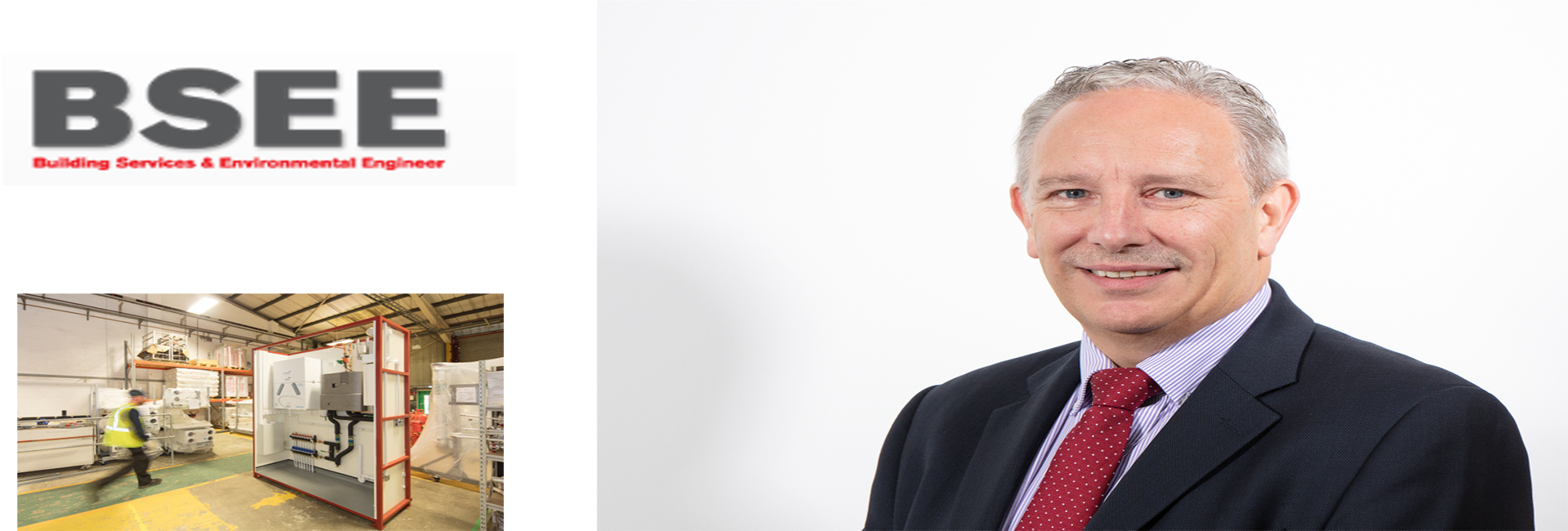Saleable space in city centre developments is commanding a premium and developers are looking for new ways to shrink mechanical and electrical (M&E) works and maximise square footage.
Steve Tovey, Business Director at specialist M&E contractor SES Engineering Services – which has recently relocated and expanded its offsite manufacturing facility, Prism to Coventry – discusses how a ‘service cupboard’ approach could bring huge efficiencies to projects.
The demand for city centre space has continued to rise steeply over the last few years, particularly in the capital where residential properties are averaging at nearly £500/sq ft, according to Zoopla.
Subsequently, developers and designers are becoming far more reluctant to give up valuable space within their schemes, even for necessary works such as heating, electrical and ventilation units. Coupled with buyers demanding ever more complex M&E capabilities to cater for the rise in ‘smart homes’, there is a need for contractors to find new mechanical methods which free up space for clients and deliver exemplary performance.
One method is to simply compact the plant and equipment down to reduce the space they take up within developments, in the form of ‘plug in and play’ service cupboards, built offsite.
These incorporate all the individual working parts of a modern-day home into a single ‘Mini Plantroom’. The result would be for the smaller components to be housed in a compact, transportable cupboard-sized unit, which can be easily installed in every new development, residential or commercial.
In addition to the space-saving design, service cupboards have numerous advantages for all parties, ranging from noise reduction in the occupied rooms to allowing the main landlord to house all services in one central location.
The service cupboards can be delivered and installed into their final position in the property within minutes, allowing contractors to focus their attention elsewhere. This enables them to take up to 10 individual trades offsite and save up to 80 hours of work per unit.
By using this principle on a typical 250-unit apartment block, the benefits can be as high as 20,000 hours taken offsite through a service cupboard product. The full benefits run much deeper than merely time efficiencies though. Hours removed on site bring knock-on reductions in levels of supervision, accommodation, site welfare and overall project preliminaries required on the development.
The standardisation of service cupboards also means they can be easily replicated across a scheme to maximise efficiency and productivity. However, this standardisation can cause issues, especially when a ‘one-size-fits-all’ unit approach doesn’t work. In instances where bespoke cupboards are required, alternative configurations will need to be sought to suit a particular space or functionality and, of course, this may drive up the final production cost for developers. Repetition is the key!
Increasing innovation
Despite these cupboards providing an almost obvious solution, they are currently underused in city centre schemes. This is partly due to a lack of available facilities which can create such complex works. The average cupboard may include services from heat interface units and electrical distribution equipment, to hot water storage and even washing machines, and bespoke factories are required to build them and deliver the benefits to clients.
We have been championing the development of these cupboards through our offsite manufacturing facility, Prism, for many years. We have invested significant time, finance and expertise into optimising and streamlining these products to meet our client’s needs, and recently relocated and expanded our site from York to Coventry, to increase our production capacity. Our model is proving incredibly popular and a key deciding factor in winning new work. We’re now deploying them across major city-centre developments nationwide including Helical plc’s redevelopment at Barts Square in London.
We have no doubt that service cupboards will become far more prominent within every new development over the coming years. The efficiencies they bring, allowing time and money to be used elsewhere on developments, is too good an opportunity to miss.
Only a few years ago, these cupboards were large and heavy units, but they’ve now developed into lightweight, pre-decorated and tested modules. As an industry, we need to continue investment and innovation into this approach to fine-tune, develop and improve these units even further, helping them reach their full potential and enabling clients to maximise saleable space in every new development.
To read the article in Building Services & Electrical Engineer Magazine – please click here.

